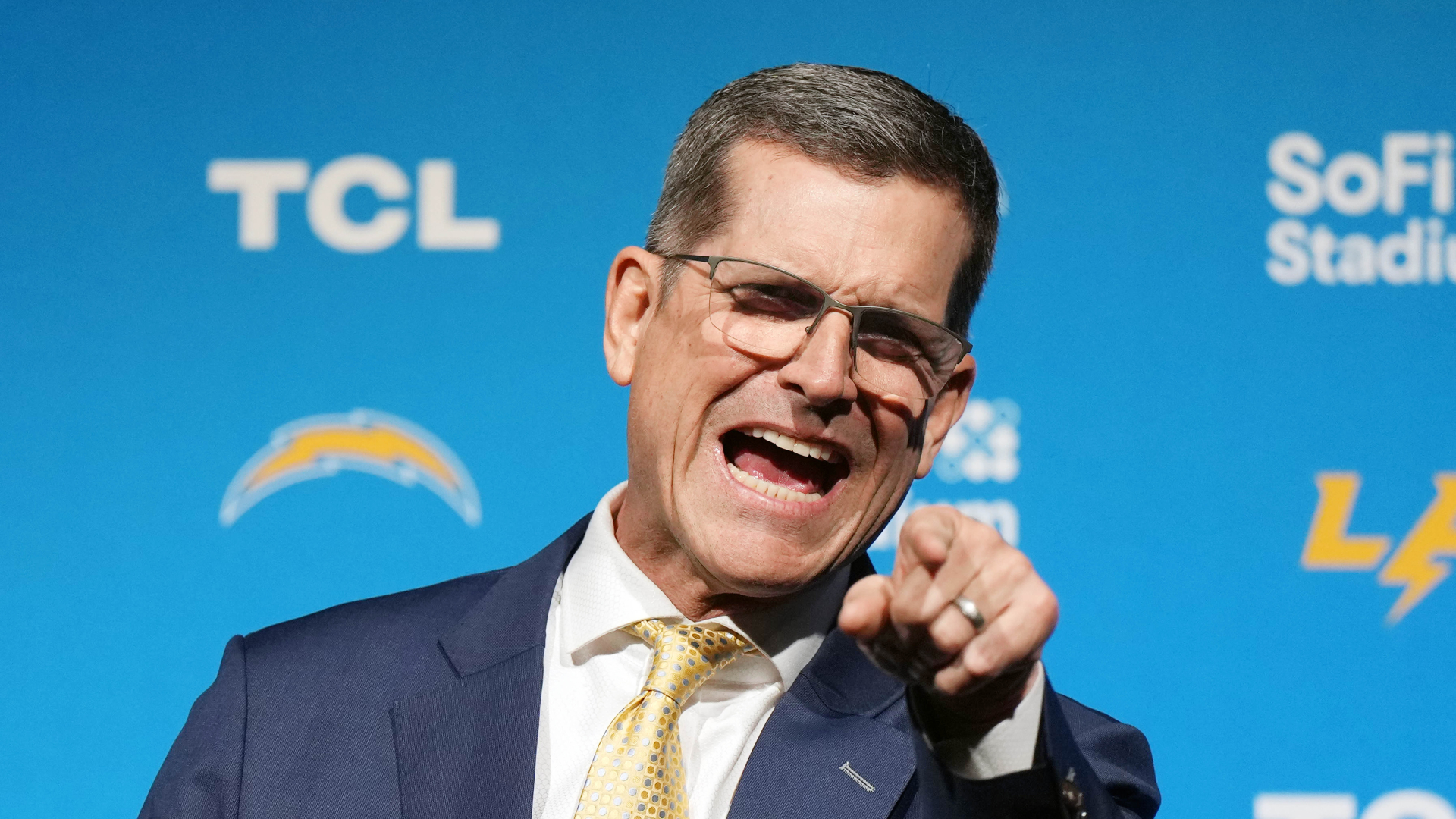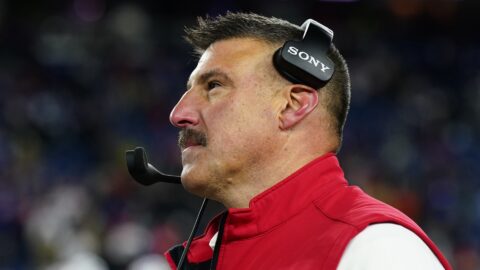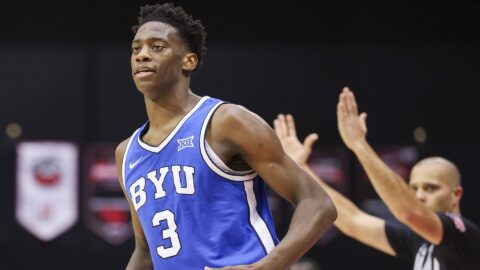The Red Sox had a chance to add another quality arm at the trading deadline, and they passed it up. They added Victor Martinez, they added Casey Kotchman, but with respect to their pitching staff, they opted to stand pat. Now the deadline has passed, and it's too late to make a move.
Well, not really.
The trade deadline in baseball is far from a hard deadline — it merely means that players can't be traded after July unless they clear waivers. And since players in baseball are waived regularly — a lot more often than you think — post-deadline deals off the waiver wire have become incredibly common. Especially for the Red Sox.
Most recently, the Sox swung a deal last summer to land Paul Byrd, a castoff from the third-place Indians. Clay Buchholz was struggling and Tim Wakefield was injured (sound familiar?), so Theo Epstein picked up the phone and did something about it. He managed to swindle Mark Shapiro out of Byrd for next to nothing — the deal at the time was for cash considerations or a player to be named later, and the Sox sent minor leaguer Mickey Hall to Cleveland on January 15 to complete the trade.
Deals like this happen all the time. If you're not contending for a playoff spot in August, it makes sense to trade away your veteran arms for anything you can get, especially if those veteran arms are paid a lot more than a guy like Mickey Hall.
To that end, there are two teams we should keep an eye on this August: the Reds, who sit dead last in the NL Central, and the Diamondbacks, who have fallen to 19 games back of the Dodgers in the NL West. Both teams are out of it and neither is rich. There's no reason not to bail on 2009 and cut payroll now for either squad.
Between those two teams, four of the biggest names on the trading block this summer are sitting around getting paid to pitch for a losing team.
In Cincinnati there's Bronson Arroyo, who has a $25 million deal to pitch for the Reds until the end of next season, and Aaron Harang, whose four-year, $36.5 million contract expires after 2010 as well. Both are good pitchers, but the Reds are a long way from contention and probably won't be able to keep them in 2011 and beyond. Why not cut a deal and get something for them?
In Arizona, the D-Backs have two deals expiring this season in their starting rotation. One belongs to Doug Davis (three years, $22 million) and the other to Jon Garland (one year, $7.25 mil). Again, both guys have potential, but this is Arizona. Brandon Webb, Dan Haren and Max Scherzer are the future — the other two guys don't necessarily have to be part of the plan.
These are just four examples. There are plenty of other impact arms that could be in the mix this August. Could the Sox still have another deal up their sleeves? It's quite possible, given their history and their ability to spend the big bucks on luxuries like sixth starters. If a deal goes down in the next couple weeks, it wouldn't be a big surprise.
But at the same time, the team should be careful. These moves can backfire — usually all you need to swing a deal is a couple of scrubs from Double-A, but if today's scrubs turn out to be tomorrow's superstars, then you have a problem.
In 2003, the Red Sox went crazy adding arms for the pennant race, making a big splash by trading with the Pirates for Brandon Lyon, Anastacio Martinez and Jeff Suppan. The only problem is they had to give up Mike Gonzalez, who quickly became one of the top closers in the National League, and Freddy Sanchez, who hit .344 three years later and is now a three-time All-Star.
Call it the "playoff goggles" problem. A team that's close enough to taste October is going to be a little anxious to make that extra move — with the playoffs on the horizon, it's a natural impulse. But those impulses don't always work out, and the Red Sox had better be sure they're not trading the wrong guy.
Everyone assumed that come August 1, the Red Sox would be done dealing for the rest of 2009. That's not necessarily the case — the best could be yet to come.
And hopefully, the best aren't traded away.



